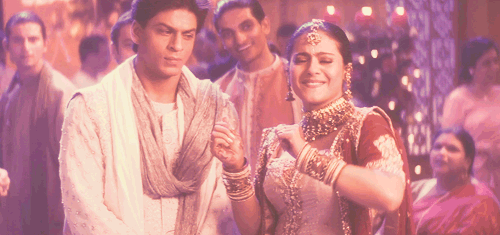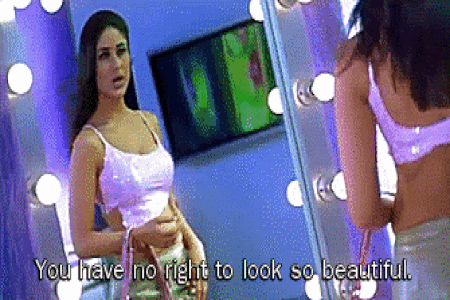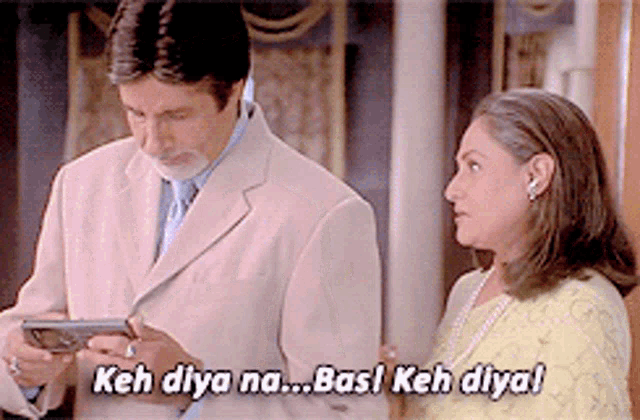/shethepeople/media/media_files/h2GqtofosmFxXWGha40G.jpg)
Today marks the 23rd anniversary of Bollywood's timeless classic Kabhi Khushi Kabhi Gham. Written and directed by Karan Johar and produced by Yash Chopra, the movie is an ensemble family drama released on December 14, 2001. 23 years later, the movie still keeps us hooked to its plot, characters and of course the songs. But what makes the movie stand out among the films of that time? What is it that keeps us going back to the film? The powerful female characters who had the strength to defy the patriarchs of the movie.
Let's start with Anjali, the female lead played by Kajol. Anjali is not a regular woman who is submissive and sacrificial. She is opinionated, loves cricket (usually considered a male domain), and takes care of her ill father and his shop. In the movie, she doesn't back down from being a patriotic woman even though her husband Rahul and child don't like it. How often do we see women in our society, who are homemakers, preserve their identity, choices and opinion?

The glamourous Poo who defined self-love for us
Coming to another famous, glamorous and powerful character in the movie - Poo! Pooja who is the sister of Anjali is played by Kareena Kapoor. The character is in the minds of every one of us when we think of self-love. Poo taught women that they should love themselves no matter what society thinks about them. Even though Rahul didn't like Poo's choice of mini-dresses, she shuts him up by carrying them confidently.

Nandini- the only character who could see eye to eye with the patriarch
Last but not least, Nandini Raichand- mother of Rahul and Rohan-played by Jaya Bachchan reminds us of a woman who can tread past her submissive position when it comes to deciding what is right and what is wrong. Although initially in the movie, Nandini's character is usually shown as submissive to her husband's decisions. She doesn't question him when he outcasts Rahul and Anjali for marrying against his choice.
She remains quiet even when her son and daughter-in-law do not return for years because of her husband's wrath. But in the end, Nandini confronts her husband and makes him realise that his decision was wrong. It's Nandini's "Keh diya na, bas keh diya" dialogue that shuts the patriarchal mindset of the father and melts him down in front of his sons.

No female vamp!
I am going to rewatch the movie tonight to revisit how female characters are developing in family drama films. Earlier, films like Hum Saath Saath Hain or Hum Aapke Hain Kaun didn't do justice to their female characters. They remained the pawns of the patriarchs who used them to their benefit.
This film should remind us that family drama need not necessarily portray women as weak, submissive or wicked. This was the only family drama, I think, that was without a female vamp. There was no villain at all. Just normal people with grey sides of their character which gradually changes with time.
Women are seen as the ones who keep the family together. Automatically, their position is strong because holding a family together is like keeping a nation with people of different choices and opinions united. Then why should society dominate them or see them as weak?
Views expressed are the author's own.
/shethepeople/media/agency_attachments/2024/11/11/2024-11-11t082606806z-shethepeople-black-logo-2000-x-2000-px-1.png)
 Follow Us
Follow Us